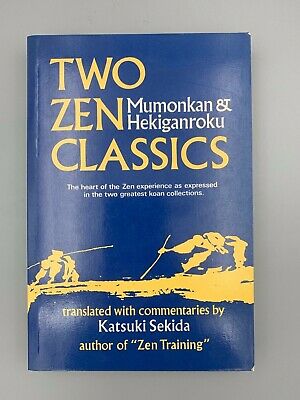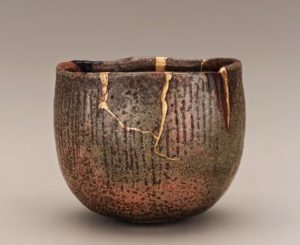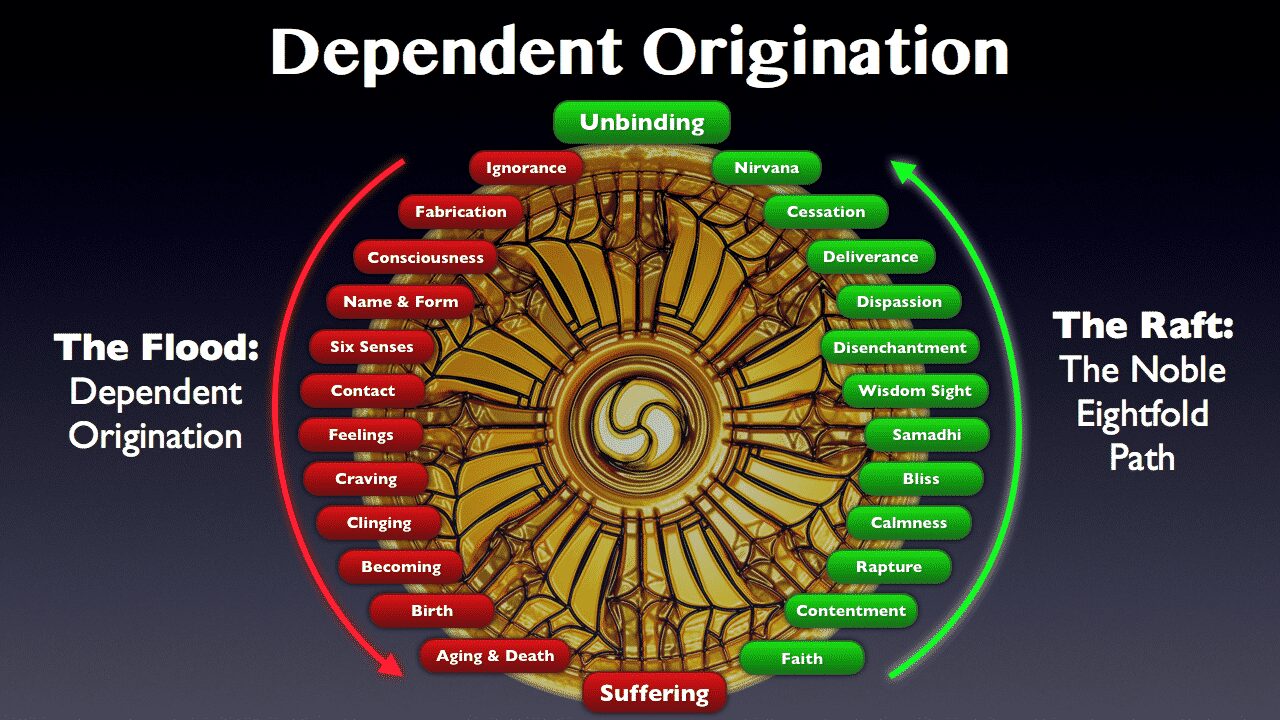Boundless wind and moon – the eye within eyes,
Inexhaustible heaven and earth – the light beyond light
The willow dark, the flower bright – ten thousand houses;
Knock at any door – there’s one who will respond.
(The Blue Cliff Record – Preface)
Compiled during the Song dynasty, Hekiganroku (The Blue Cliff Record) and Mumonkan (The Gateless Gate) are the best known and most frequently studied koan collections, being the classics of Zen literature. The literal meaning of the Chinese kung-an (Jap – koan) is „public notice” or „public announcement.” In a koan, some words of a master or an episode from his life are presented to the disciple as an example for practice and attaining enlightenment.
The one hundred cases of the Hekiganroku paint a vivid picture of the world of the koan and of the Zen movement in China. The structure of the case is the following: each case consisted of a directive, a core case, a comment on the case, an explanation of the case, a song forming a second highlight, few comments on the song, and an explanation of it. Hence, each piece is a comprehensive and complex whole that can be mastered only with considerable effort.
Hekiganroku was composed about a hundred years earlier than Mumonkan. The full title in Japanese is Bukka Engo Zenji Hekiganroku – The Blue Cliff Record of Zen Master Yuan-wu (Engo Kokugon). Its original basis consisted of a series of sermons already gathered together in two earlier collections named Ching-te Ch’uan-teng Lu (Jap. Keitoku Dentoroku – The Transmission of the Lamp) and the Yunmen Guanglu – Extensive Record of Yunmen Wenyan (Ummon Bun’en). In the eleventh century, Setcho Juken (Hsueh-tou Ch’ung-hsien), an outstanding Zen Master and a poet of great accomplishment, selected eighty-two koans from the first collection. He also added eighteen koans from the recorded sayings of Yun-men Wen-yen. To each koan (sometimes termed as „main subject”) Setcho appended a verse of his own (as a commentary), in order to clarify its meaning. The whole book, now containing 100 koans, was called Setcho’s Juko (ju – verse, ko – old koans). It was first published in 1128. Over time, the collection achieved great popularity, mainly because it was embodying the essentials of Zen.
About a century later, Zen Master Engo (Yuan-wu), added an introduction and brief comments on each phrase or sentence on the main subject and Setcho’s verse, and a long commentary on each case. Engo’s aim in adding to Setcho’s text was to try to render it more approachable and intelligible. He also provided a short introduction to most of the cases. The name Hekiganroku applies to this work of dual authorship. It seems that the title derives from the fact that in Engo’s room a piece of calligraphy consisting of the two characters heki (blue) and gan (rock or cliff) was displayed on the wall. Roku means ‚records.’ Hence, the usual translation of the title is ‚The Blue Cliff Records’. Other sources claim that the name of the book is taken from the place where it was written.
From a literary point of view, Hekiganroku is full of paradoxical expressions and all manner of allusions, it employs a condensed, often confusing style, while treating of matters of great subtlety and difficulty. Even in Engo’s days, Zen students needed help. Engo’s long commentaries tempted the students to try to understand Zen conceptually, by the exercise of intellect alone instead of on the basis of their own immediate experience. For this reason, Daie (Ta-hui Tsung-kao), who succeeded Engo, destroyed the original edition of Engo’s text. He also destroyed the original woodblocks used for printing the copies.
The book which is now known as Hekiganroku resulted from the work of a monk, Cho Mei-en or Zhang Ming-yuan, who in the 13th Century collected all the surviving manuscript copies of the text that he could find and from them restored the original book as nearly as he could. In the interval which had elapsed, the original text had suffered additions and corruptions, especially in Engo’s notes and commentaries. The main part of the book, however – the main subjects, Setcho’s verses, and Engo’s introductions – are believed to be free from such alterations.
Hekiganroku is a challenging book for a translator, and it is not surprising to find that very few attempts have been made to render it into English. This was done by R D M Shaw. Shaw himself acknowledged that his was not more than a preliminary attempt on a difficult text. Apart from Shaw version, there is one translation made by Thomas Cleary and another one by Zen teacher Katsuki Sekida, though translations of some of the cases have appeared in various English works on Zen.
Hekiganroku is written in a kind of literary style which is full of allusions and symbols. Since Setcho seemed to have been much more attracted by philosophical aspects of Zen and was also a poet, the text treats some of the deepest aspects of Zen theory, notably in the connection with perception and cognition. Setcho’s verses are literary productions in their own right, often of great beauty, and their translation cannot be simply a matter of providing a literal rendering of their content.
Although it is a text of fundamental importance for koan study in the Rinzai School, Hekiganroku it was also studied by Eihei Dogen, the founder of the Japanese Soto school. In 1227, shortly before leaving China (where he studied Zen under Nyojo), he discovered a copy of The Blue Cliff Record and was so impressed that he wanted to bring it with him. One day before going back to Japan, Dogen tried to copy all Hekiganroku. Since it was a large text, he did not have enough time. The story goes that during the night the god of Hakusan (the great sacred mountain Hakusan) appeared and helped Dogen in copying the text. The hand-copied manuscript, known as the Ichiya Hekigan or “One-Night Blue Cliff Record,” is now treasured and housed at Daijoji Monastery in Japan.
These one hundred cases are more than mere anecdotes of historical or philosophical interest. They are the living record of generations of enlightened practice. Zen school was referred to as the “school of the patriarchs” because it was transmitted by a living succession of human exemplars, not a school of doctrine, or philosophical or scholastic interpretation, it was not based on any particular scripture, but on the direct experience of the enlightened mind.
Photo credit: amazon




